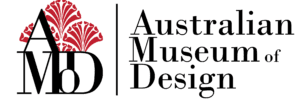Donald Bruce Clark
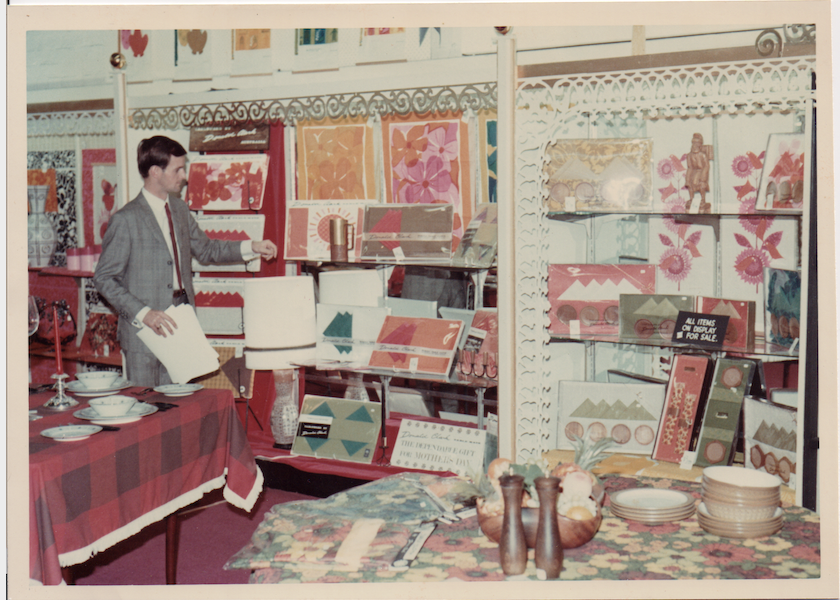
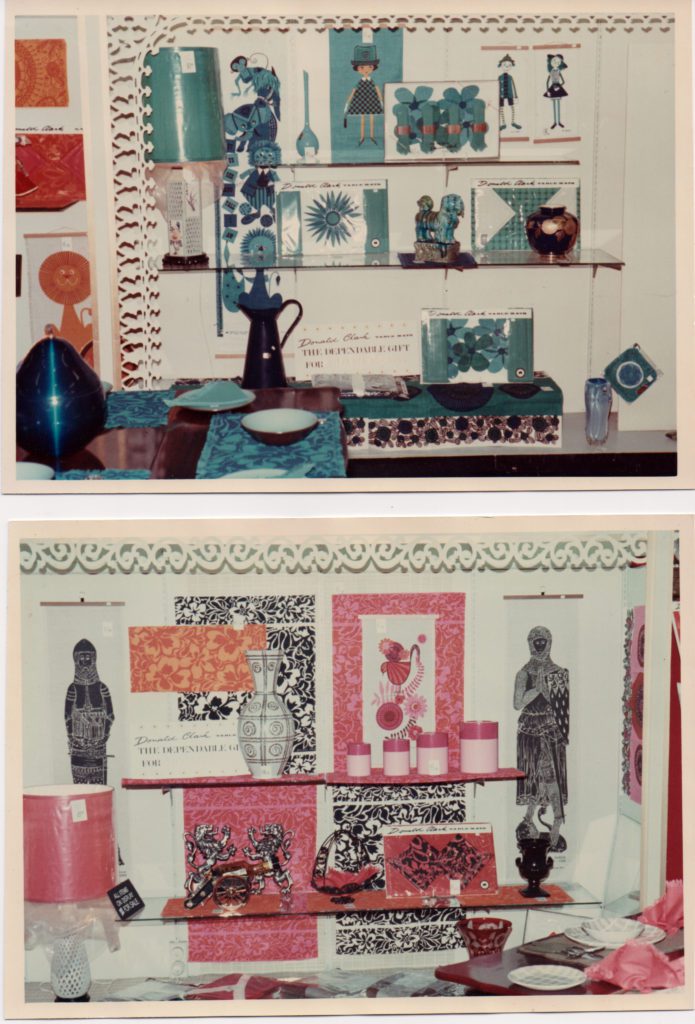
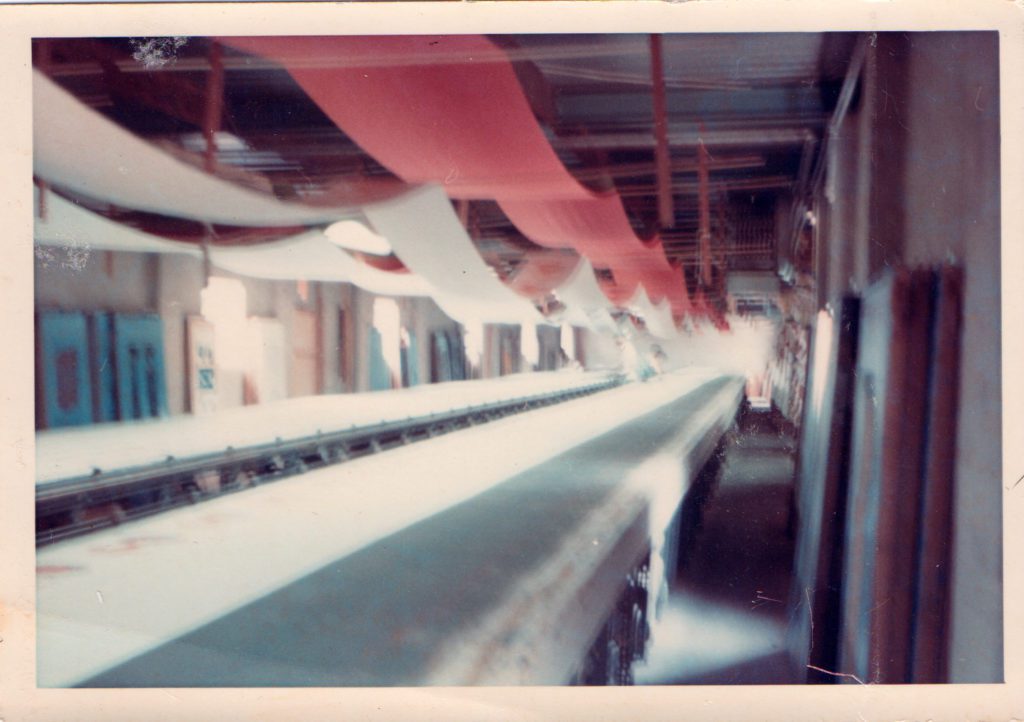
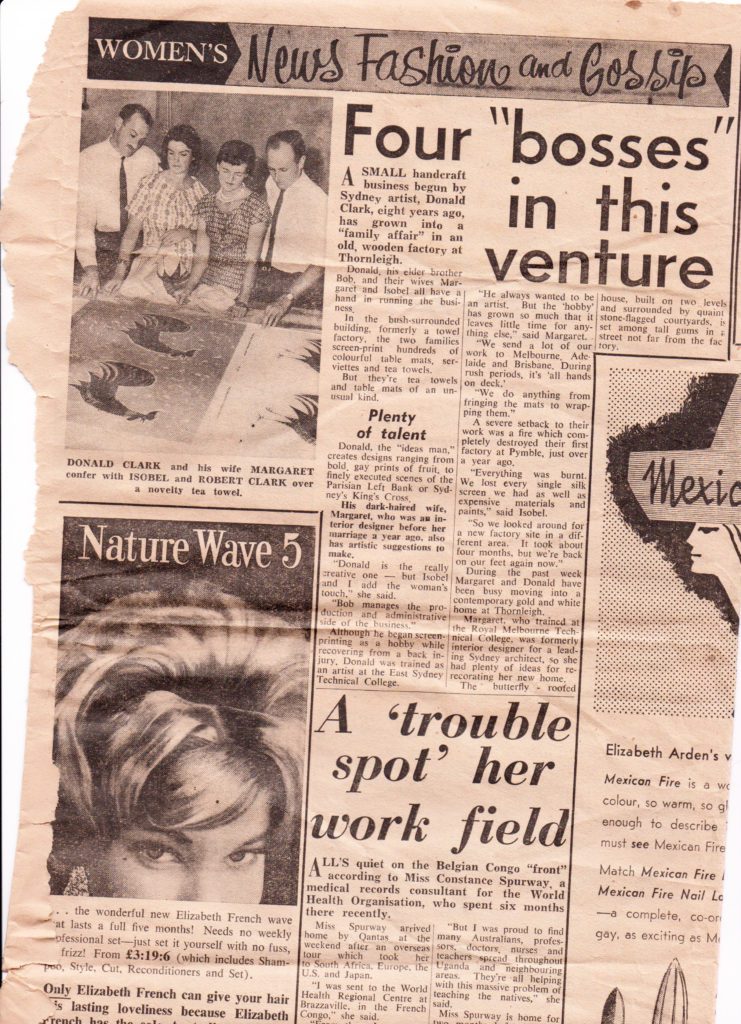
It’s high time for a national design museum, writes Helen O’Neill.
SMH July 27th 2006
Donald Bruce Clark is lost. The 78-year-old spent four decades from the late 1940s designing a broad range of artefacts, from Aboriginal-inspired motifs, which he printed on cork tablemats, to stylised florals on napery snapped up by stores such as David Jones.
A painter-turned-designer, Clark’s commercial career in Sydney began at his kitchen table and culminated in hundreds of original designs, a business employing 90 people, an 1858-square-metre factory and, in the late ’80s, the painstaking artistic restoration of heritage wallpapers in public buildings.
Yet today, Clark is all but forgotten. The Australian Museum of Design is one of very few places that has a visual record of his output and he merits little more than a footnote in Sydney’s design history. The Powerhouse Museum holds a few examples of his images and it is our goal to bring his original artwork to life through the scanning and digitisation of his creations.
PowerHouse Curator:
Under the direction of founder Donald Clark (1928-2008) and his brother Robert Clark (b1924, retired 1987), Donald Clark Handcrafts (later Donald Clark Associates) expanded from 1954 through to the mid-1980s – continuing to operate when similar firms closed – Annan Fabrics in Sydney ceased production in 1954; Frances Burke in Melbourne ceased production in 1967. In the early years, people like David Lloyd Jones encouraged Clark to expand his product range beyond table mats into tea towels.
Donald and Robert Clark’s wives Margaret and Isobel Clark were involved in the business in the early years. Margaret Clark, who had studied interior design at RMIT in Melbourne and worked for Stephenson & Turner architects, before helping with designs and colour at Donald Clark Associates. Margaret was also largely responsible for designing the ‘Marguerite’ fashion label.
The most significant changes in Donald Clarks’ business took place in the mid-1960s when Donald Clark Associates extend its range into kitchen accessories. “This consisted of co-ordinated sets of oven gloves, pot holders, double oven mitts, aprons, covers for kitchen appliances such as mixers, blenders, toasters, vertical grills, etc. These products immediately took off in the market …”. (Donald Clark: A History, unpublished manuscript by Donald Clark, c1980)
Donald Bruce Clark (b. Sydney 28 February 1928. Died Sydney 2008)
Biography prepared by Anne-Marie Van de Ven, Curator, 2018
1945-1949 Attends East Sydney Technical College. Graduates with an ASTC Diploma (Illustration)
1951-52 Travels to Central Australia. Paints landscapes
1952 Returns to Sydney. Freelances as magazine and commercial illustrator
1953 Holds first solo exhibition, David Jones gallery (exhibits paintings of central Australia); suffers back injury requiring surgery. While recuperating at his parent’s home in Killara begins screenprinting. This develops into the idea of designing and printing textiles on a commercial basis. David Jones becomes Clark’s first major client.
1954 Starts own printing company, Donald Clark Handcrafts, with his brother Robert Clark (b.1924). Initially worked from home, later in an old galvanised iron building in Pymble (formerly a washing machine factory) which they renovate to become a studio. Eventually hire staff, including additional printing staff and sewing machinists.
1958 Forms company called Donald Clark Associates Pty Ltd. Robert Clark directs manufacture and print production, Donald Clark directs sales, design, screenmaking and screenprinting.
December 1959 Pymble studio destroyed by a fire. Brothers decide to continue the company. Purchase an old towelling factory in Thornleigh as their new printing studio.
Mid 1960s Company success with co-ordinated kitchen accessories – sell to David Jones, Grace Bros and other outlets. Pressure builds on the company’s capacity to print and manufacture – so they rent an old bakery in Thornleigh.
Late 1960s Company has over seventy staff working in two factories, two vacant shops and two garages
1970 Purchase block of land in Hornsby Heights and begin building a factory.
1972 Modern three-storey Hornsby Heights factory opens Mid-late 1970s Changes in the Australian economy, saw competition from overseas and designs pirated and printed overseas (which were then sold in Australia for a cheaper price).
Early 1980s Overseas manufacture and import at low cost trend continues
1985 Sells business to Wilson Fabrics (then a division of James Hardie Industries). Donald Clark becomes part of Wilson’s ‘Signature Handprints’ * branch of the business – concerned with printing fabrics and wallpapers. Donald Clark and his staff moved across to work with staff from Wilson’s ‘Signature Handprints’ division.
1987 Robert Clark retires. Donald stays on as a consultant designer and manager at Wilsons.
1988 Wilson Fabrics closes the manufacturing section of the company which hasn’t been a success. Consequently the ‘Donald Clark’ label disappears from the market.
‘Signature Handprints’ * is sold to a New Zealand firm which also prints wallpapers. Donald Clark continues working at Wilsons until he retires in 1989.
1990 Donald Clark establishes a studio at his home in Dural.
1990s Holds solo exhibitions of paintings – Allegro Gallery, Kenthurst, NSW (1991); and works towards an exhibition of artwork based on Lord Howe Island (1992- ).
2008 Donald Clark dies.
